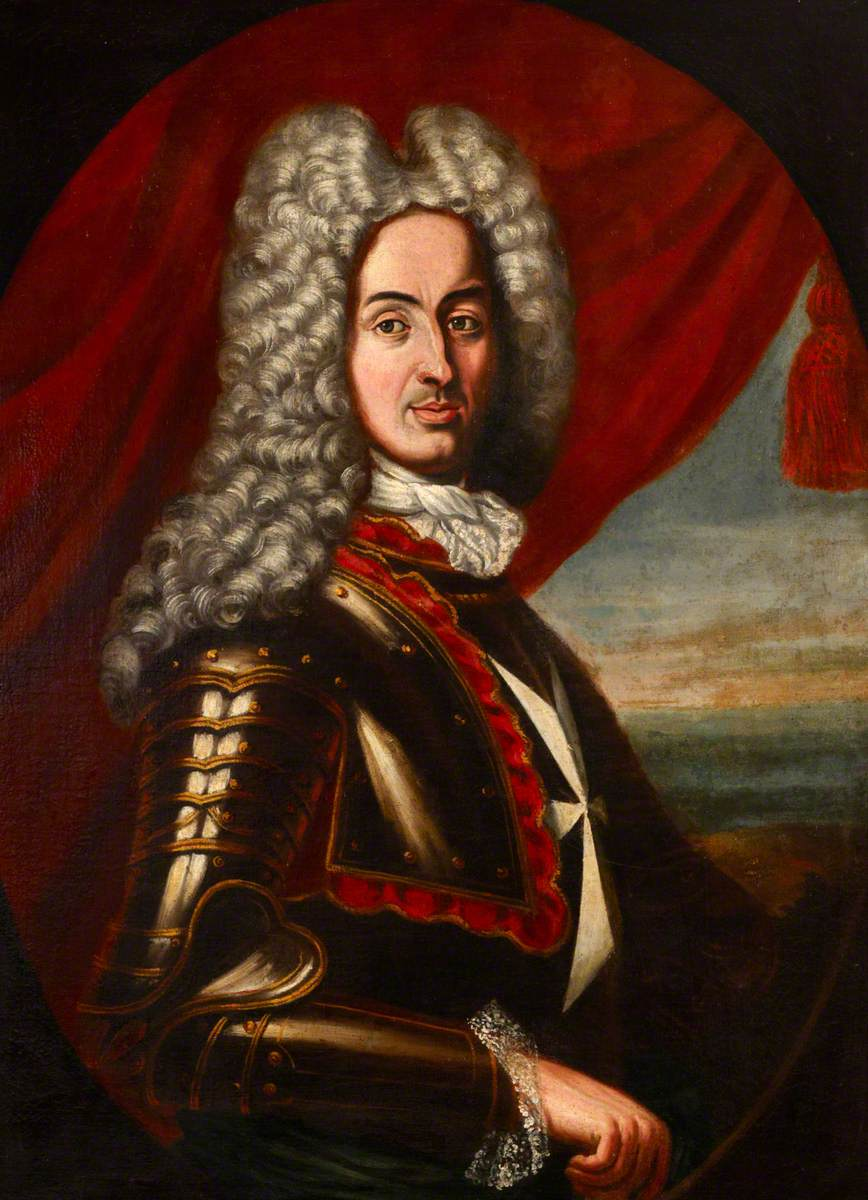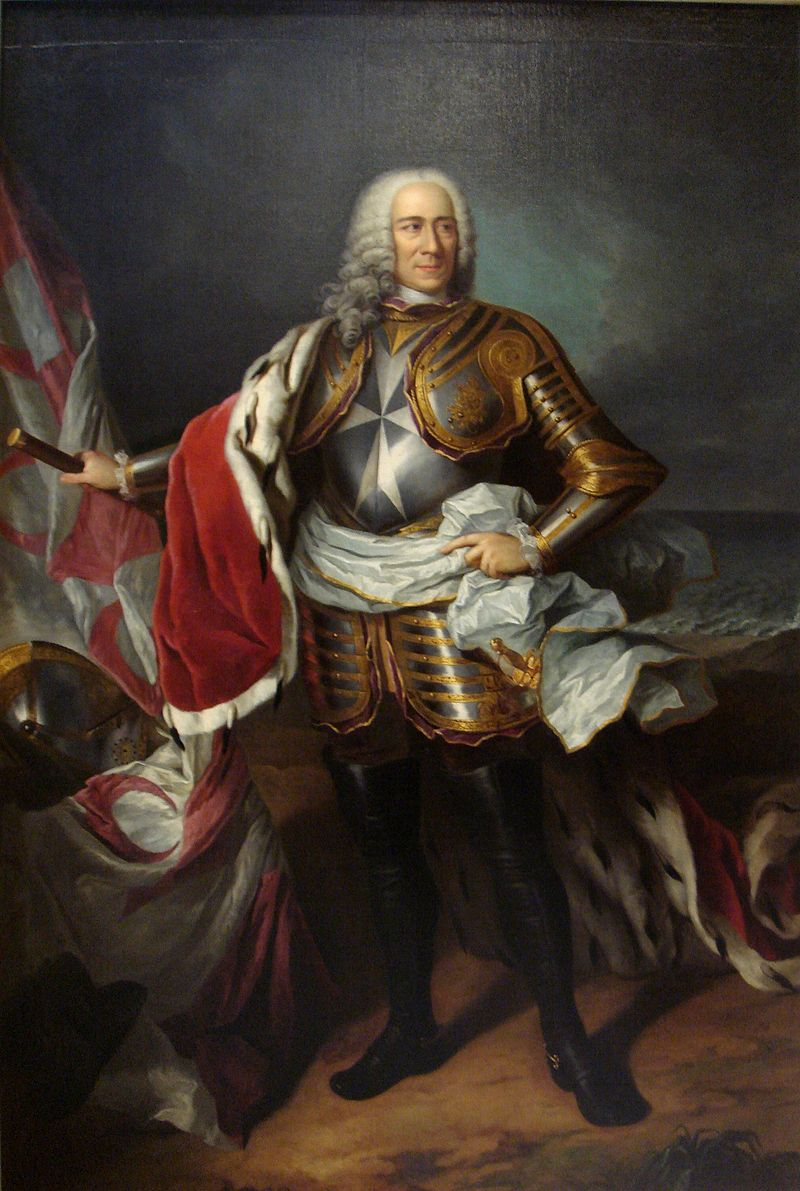Coastal entrenchments were the third category of fortifications built in the 18th century. They formed integral part in the strategy of the other coastal defences, i.e the coastal batteries and coastal redoubts. Coastal entrenchments can be said that they are miniature bastions in order for the infantry to have cover while in case of invasion they are firing on enemy soldiers.
During their visit in Malta in 1714, the military engineers Fontet and Arginy proposed the construction of a number of coastal entrenchments. This idea was well under way before the arrival of Philip de Vendome in 1715. In fact entrenchments began to be built at Marsaxlokk, Marsascala, St. Paul’s Bay and in tow area in Mellieha, i.e those of Qassisu and Armier, the former defending Mellieha Bay while the latter facing Comino. Vendome who had pushed forward the idea of building coastal batteries and coastal redoubts, was also in favour of building coastal entrenchments. He initiated a scheme of building further coastal entrenchments such as those at Salina, Qalet Marku, Madliena and Birzebbuga.1
But, by 1722 the Hospitallers soon realised that they had not enough troops to man all these fortifications. Therefore, they decided that in case of an invasion they would retreat to the Great Fault, i.e where the latter Victoria Lines exists. They built inland entrenchments at Falca, Naxxar Bingemma and another one near Madliena Tower.
There were many Knights who were against the idea of building all these fortifications, but by 1723 the Hospitaller Congregation of War accepted the expert’s report and began constructing all these entrenchments. 2

However, by 1761, the chains of entrenchments were not all built as proposed by Vendome in 1716. In 1761 the French military engineer Bourlamaque proposed an ambitious plan that is to surround all the Maltese islands with entrenchment. It seems that the plan was began and in fact coastal entrenchments were built at Qawra, Spinola, St. Julians, Birżebbuġa, Marsascala, between Fort Ricasoli and Zonqor Tower and Armier and Qassisu at Mellieħa in. But soon the Hospitallers encountered the problem of lack of money to build all these coastal entrenchments. 3
Two Hospitaller military experts had different ideas about the building of these coastal entrenchments. Bailli Fra Domenico Antonio Chisurilia warned the grand master about the difficulties of building all these entrenchments and that the Hospitallers had not enough men to man all these fortifications as proposed by Bourlamaque. He calculated that 50 bastions connected by curtains 200 paces long needed 5000 men to man them all. He knew that the order had not all these sufficient troops. On the other hand, Bailli de Tigne wanted to build 200 bastions connected by very short curtain walls and armed with heavy guns of at least 24-pdr calibre. This meant that the Hospitallers needed 1600 soldiers and a total of 9600 men to arm the artillery. 4

After 1761, the construction of coastal entrenchments did not go well and in fact with the death of grand master pinto the project was stopped. This Grand Master was in favour of building these coastal entrenchments and in fact he financed the building of St. Julian’s and Spinola entrenchments. 5
According to the plan made by Bourlamaque Mellieha coasts would be surrounded by coastal entrenchments. This meant in theory that no enemy invasion forces would disembark their troop ashore because they would not have enough space to do it or because they would be under direct fire from the defenders. He had a brilliant idea but was when you consider the size of the Hospitaller’s forces; you immediately recognize the difficulty of manning all these coastal entrenchments. If his plan was implemented Mellieha coasts were to found themselves surrounded by these coastal entrenchments. His plan was only implemented at Qassisu and Armier. Plans exist that show the coasts of Mellieha surrounded by entrenchments.
Although they are a miniature of the majestic bastions and lines built in the fortresses they have to be conserved. Fortunately, those at Mellieha village still survived but have to be restored in order to be enjoyed by future generations.